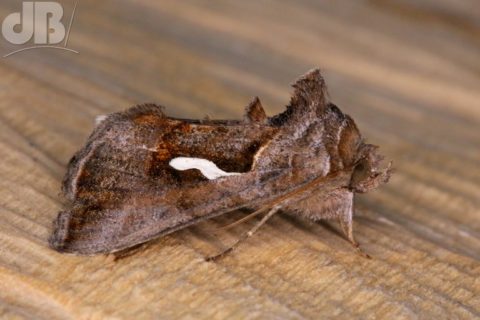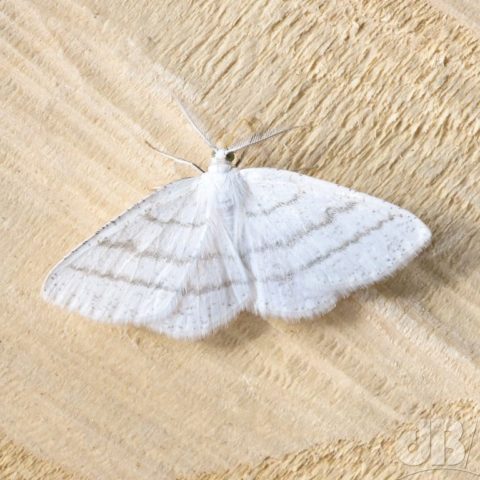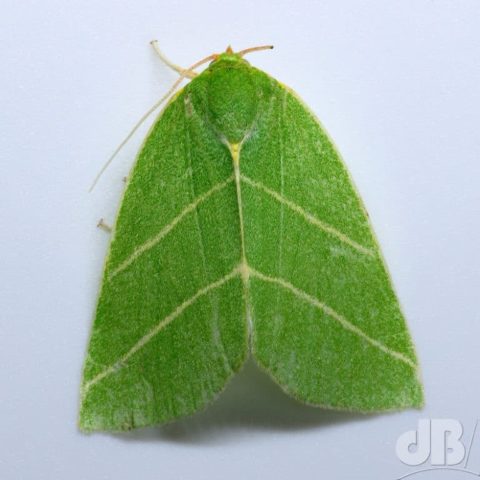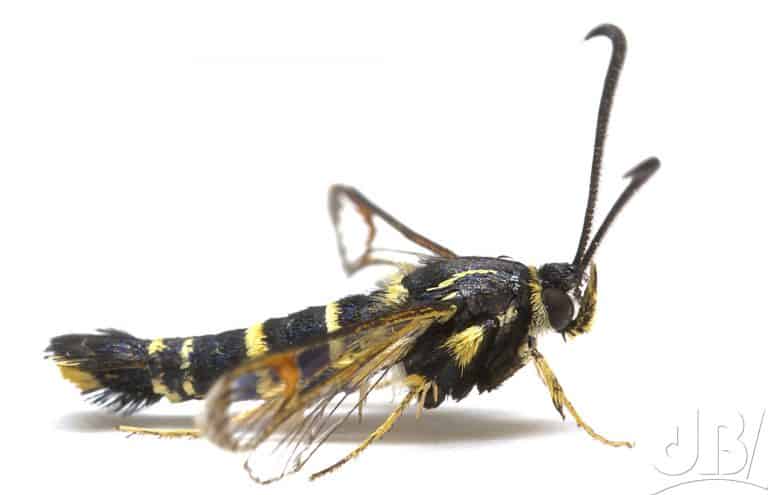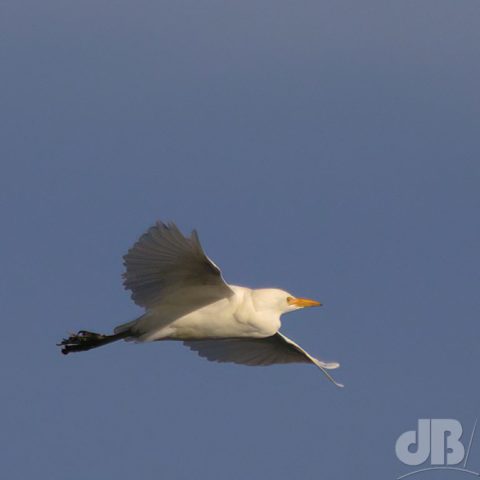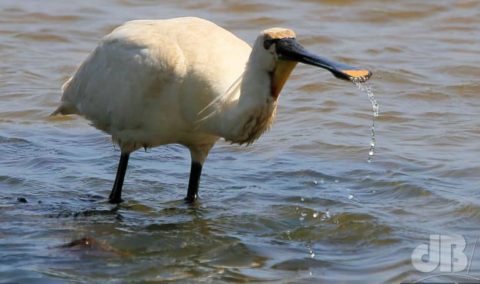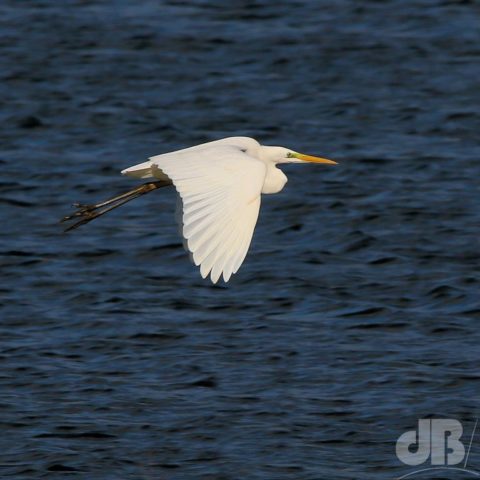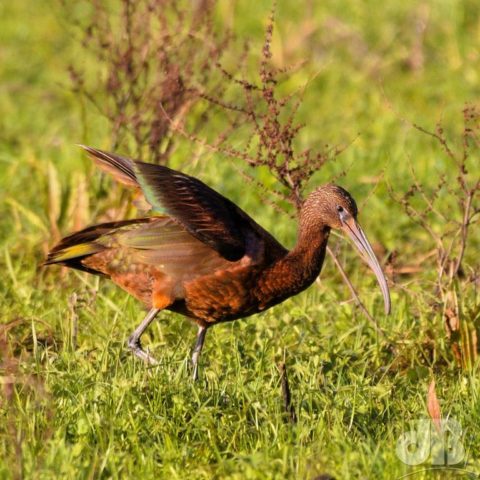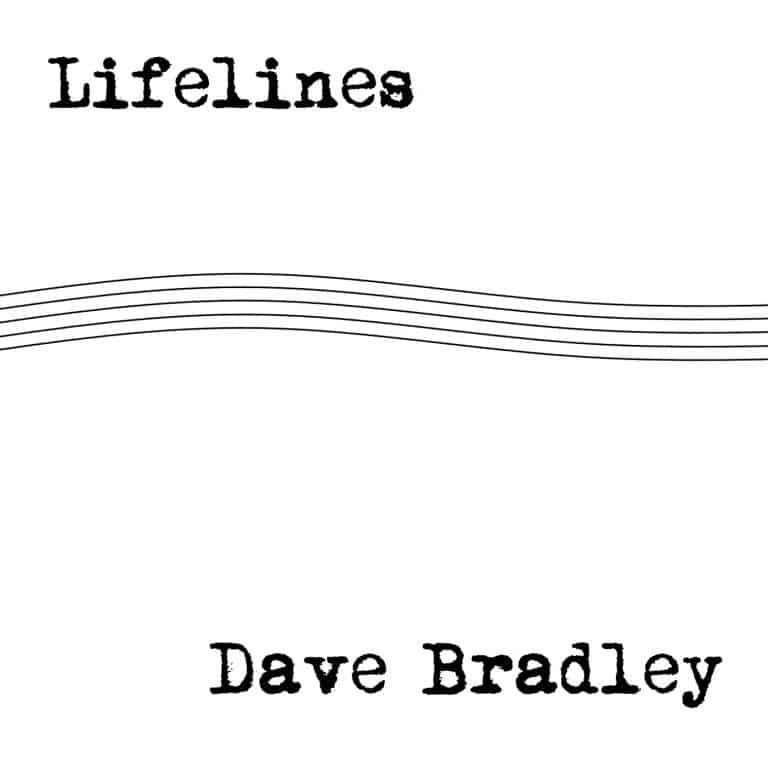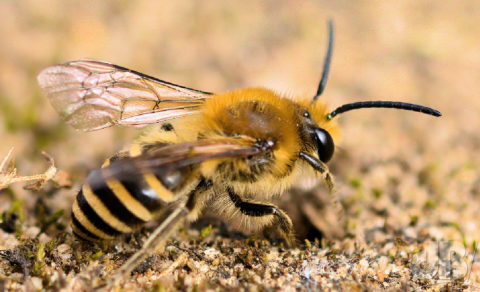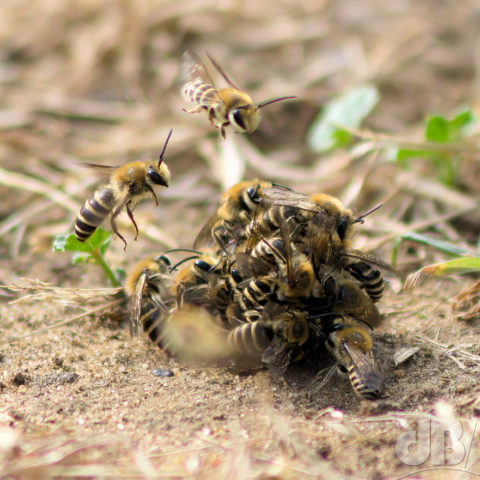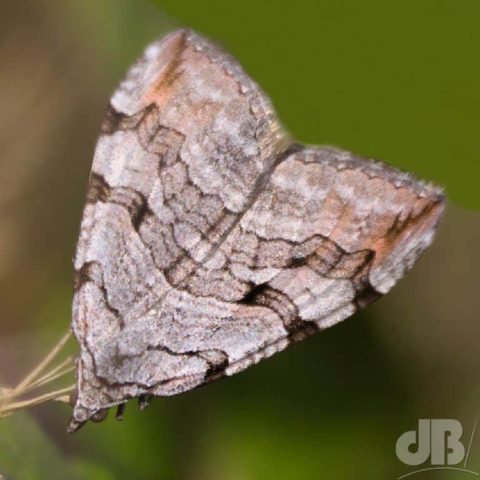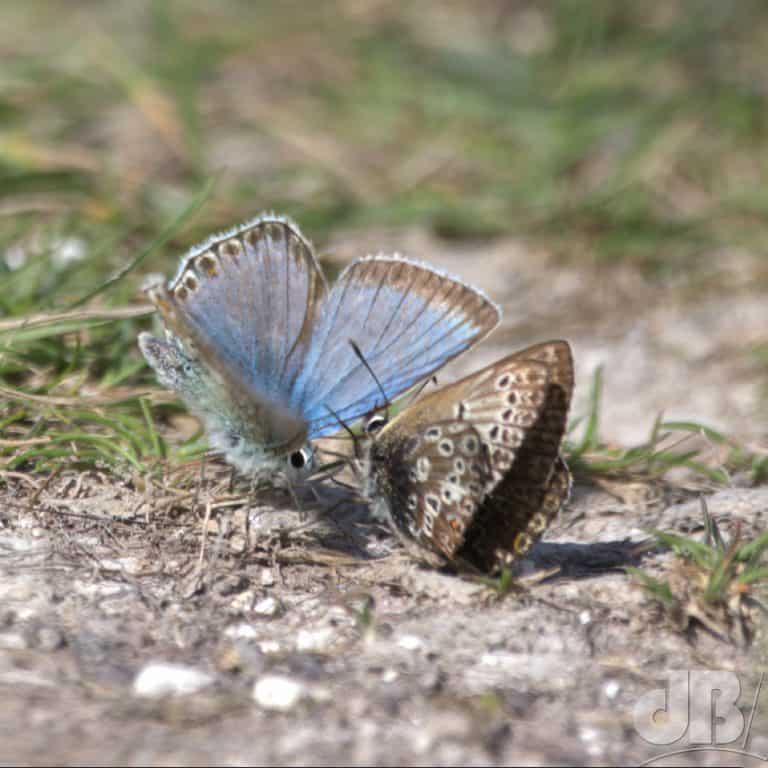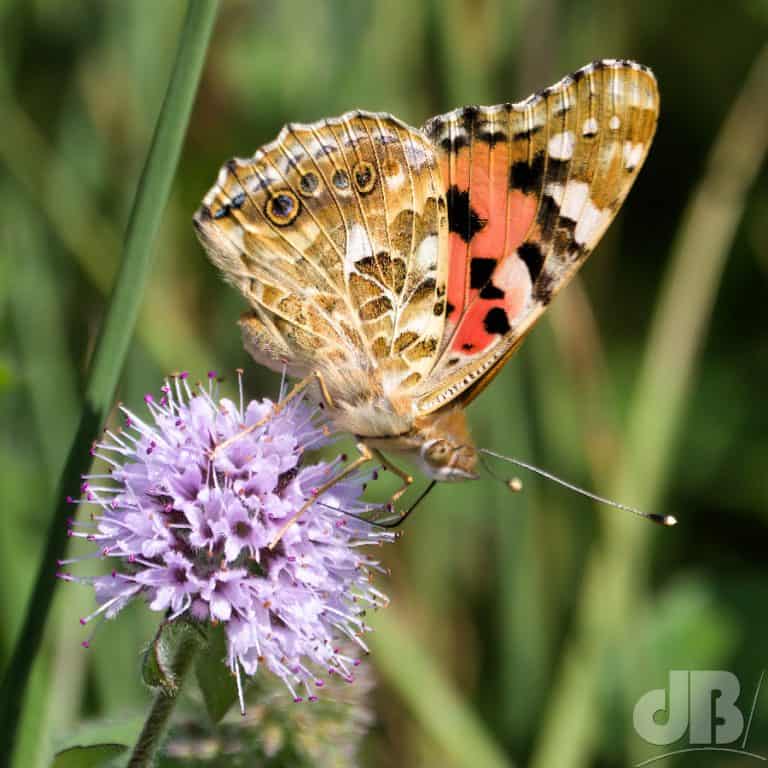UPDATE: I tested this approach on Sciencebase and another site and have come to the conclusion that such headline writing only matters in terms of click-through rate, that is improved, but initial hits don’t seem to be improved at least in the short term, so whether or not it has a beneficial SEO effect remains to be seen.

Headline writing for newspapers and magazines was always the preserve of the subbies, the sub-editors. A reporter, journalist, columnist or another writer would file their copy, it would be bashed into basic shape and length by an editor. Then, a subbie would tear into it, weeding out logical inconsistencies in the flow of text, trapping factual errors, adding puns, dismantling potentially libellous statements, checking the grammar and spelling, cutting it to length, adding extra puns, removing the byline, adding the byline back in, and then removing it again. Finally, adding a headline and perhaps a few extra puns, and strapline with plenty of puns.
Things have changed now that almost everything we read is online. Space constraints are no longer the issue. The issue is search engine optimisation, SEO, and converting eyeballs seeing a headline into clicks on that headline to open the page and get those eyeballs and click action on to the advertising within.
First, we had keyword stuffing, which was usually out of site and the headlines followed the traditional form for years. Next came clickbait, of which there are two flavours. One that baits the reader to click with a catchy enticement and keywords in which they’re interested. Another, a kind of bait and switch on a par with Rickrolling in which an attractive headline makes the eyeball to click conversion, but the content within isn’t what the headline suggested, bait and switch clickbait, you might call it.
Now, we are in a new golden age of headline writing, but sadly, the subbies aren’t happy as puns are out. There is no point in making parochial puns, idiotic idioms, or archaic cultural allusions when one’s vast new audience is international. Your native tongue and clever wordplay won’t work for every putative reader from those just starting to learning your language as a second, third, or fourth language and even for those in the upper echelons of multilinguistics.
So headlines these days have to be self-explanatory rather than self-indulgent. They have to make sense on a first read without anyone having to reach for a dictionary to interpret them. They have to be conversational, a dialogue between reader and writer are, in the age of social media, all-important, essential in fact. The writer must now recognise not that they are talking to a vast, abeyant audience of word worshippers, but rather talking one-to-one, direct in dialogue, with their reader. A singular reader is the audience even if there are millions of them (I wish).
A couple of excellent infographics published with an NPR article entitled “Write digital headlines both readers and Google will love” summarises brilliantly everything I am talking about here and more. It explains the modern penchant for long, conversational headlines of which we are all seeing more and more these days as well as the SEO-led nature of the URL for those headlines that take your eyeball, via your web browser or app, to the page in question.
As you can see, the title of this article is
Here's how to write a clickable headline without using clickbait
The web address, the URL, for it is not what you’d perhaps expect though. It’s not
https://sciencebase.com/heres-how-to-write-a-clickable-headline-without-using-clickbait
No. The URL is as follows, which is much more SEO ready for Google and other search engines
https://www.sciencebase.com/howto-write-clickbait-seo-headlines.html
Now, I’ve been a science writer, journalist, copywriter, editor for more than three decades. I hope I’ve learned a few things about the trade, in that time. But, I’m no high-faluting expert and maybe my interpretation of the NPR isn’t entirely accurate. You can read it for yourself and learn your own lessons.
The key points are that your new-form headlines should do the following:
- Say why the article matters
- Be conversational
- Address people, not policy
- Use articles (the, a, an)
- Avoid journalese and jargon
- Avoid questions, the headline should be the answer
- Focus on specifics
- Avoid puns*
From the SEO perspective the article’s URL should:
- Use one or two keywords, but not be stuffed
- Be written for humans not machines
- Be clear and direct
I am planning to use the techniques a little more with my own writing on sciencebase.com to see if I can draw the crowds a little more. There was a time when daily unique visitors to sciencebase numbered in their thousands, these days, that’s more like the monthly numbers. Of course, back then (1999 onwards) Sciencebase was one of very few science news sites and social media was not yet a reality. Indeed, when I first established Elemental Discoveries, which was the proto-sciencebase, it was *the* only popular science news website as far as I know. So, I have hopes, but they’re not high. We’ll see.
Also, for anyone who hit this page searching for SEO and was expecting a short-eared owl, you shouldn’t be disappointed. Here’s one I snapped earlier.
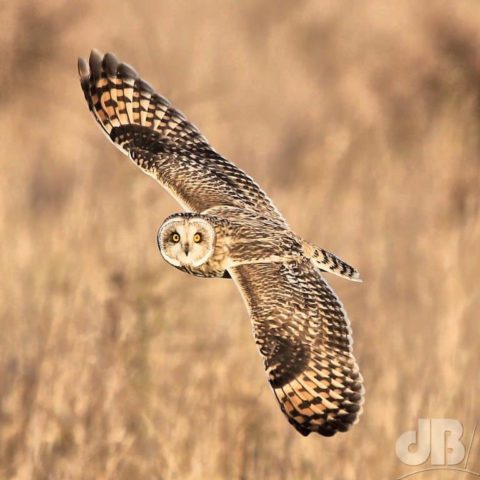
*Subbies are almost redundant now.
